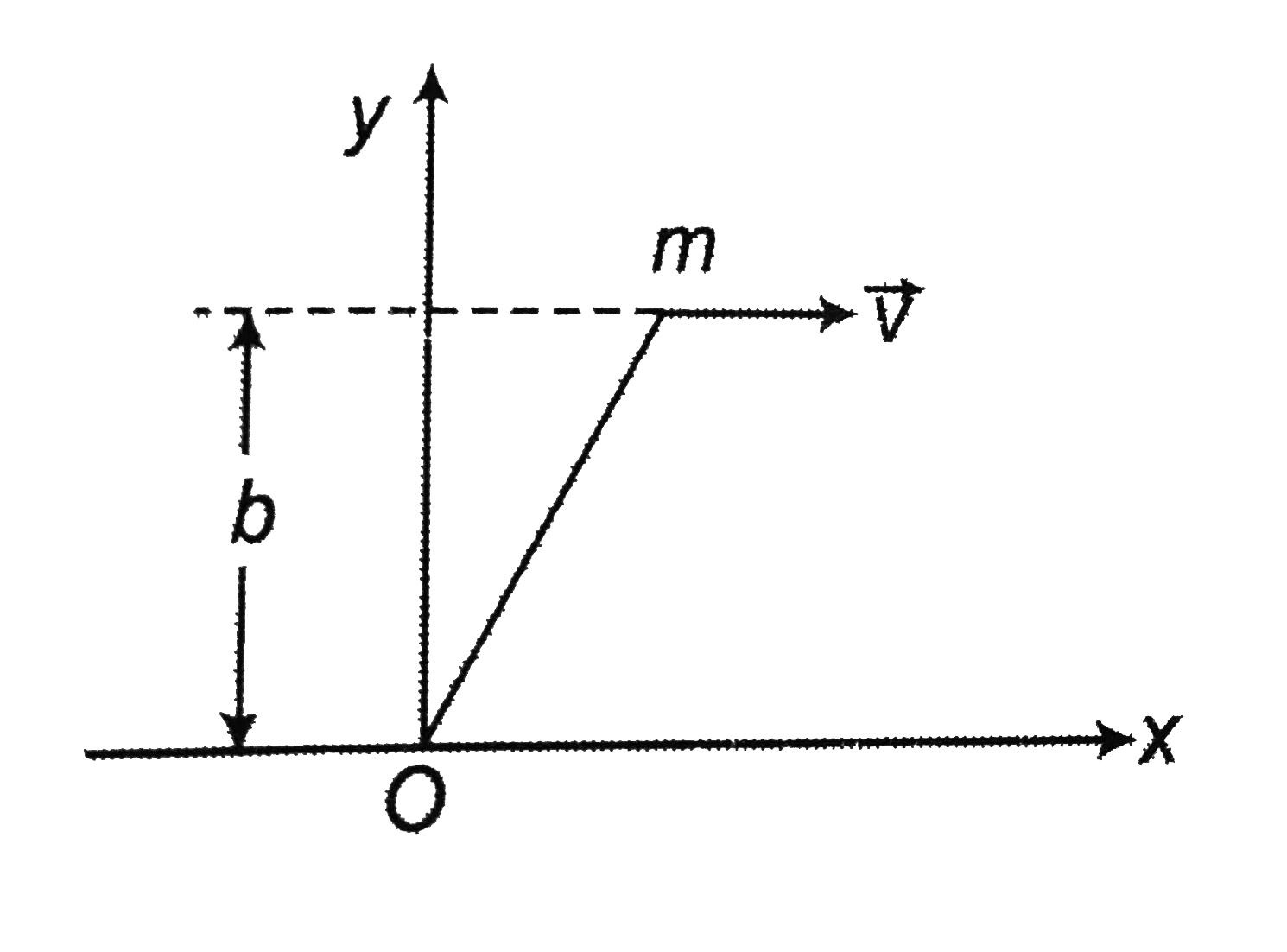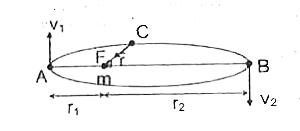
A particle is moving in an elliptical orbit as shown in figure. If →p,→Land→r denote the linear momentum, angular momentum and position vector of the particle (from focus O) respectively at a point A, then the direction of →α=→p×→L is along.
+ve x axis
−ve x axis
+ve y axis
−ve y axis
Step by step video & image solution for A particle is moving in an elliptical orbit as shown in figure. If vecp, vecL and vecr denote the linear momentum, angular momentum and position vector of the particle (from focus O) respectively at a point A, then the direction of vecalpha = vecp xx vecL is along. by Physics experts to help you in doubts & scoring excellent marks in Class 12 exams.
Updated on:21/07/2023Similar Questions
Knowledge Check
A particle P is moving along a straight line as shown in the figure. During the motion of the particle from A to B the angular momentum of the particle about O
 AIncreasesBDecreasesCRemains constantDFirst increases and then decreases
AIncreasesBDecreasesCRemains constantDFirst increases and then decreasesA particle has a linear momentum p and position vector r. the angular momentum of this particle about the origin will not be zero under the conditions
Ap=0Bp is perpendicular to r and does not cross rCp is anti-parallel to rDthe particle passes through the origin.A particle of mass m is moving with constant velocity v parallel to the x-axis as shown in the figure. Its angular momentum about origin O is
 AmvbBmvaCmv√a2+b2Dmv(a+b)
AmvbBmvaCmv√a2+b2Dmv(a+b)
If the particle of mass m is moving with constant velocity v parallel to x-axis in x-y plane as shown in (figure), Find its angular momentum with respect of origin at any time t.

View SolutionA particle is moving with constant speed v in xy plane as shown in figure. The magnitude of its angular velocity about point O is

View SolutionA particle of mass m is moving with constant speed v on the line y=b in positive x-direction. Find its angular momentum about origin, when position coordinates of the particle are (a, b).
View SolutionTwo particles A and B are moving as shown in the figure. Their total angular momentum about the point O is

View SolutionTwo particle A and B are moving as shown in the figure

Their total angular momentum about the point O is
View Solution


